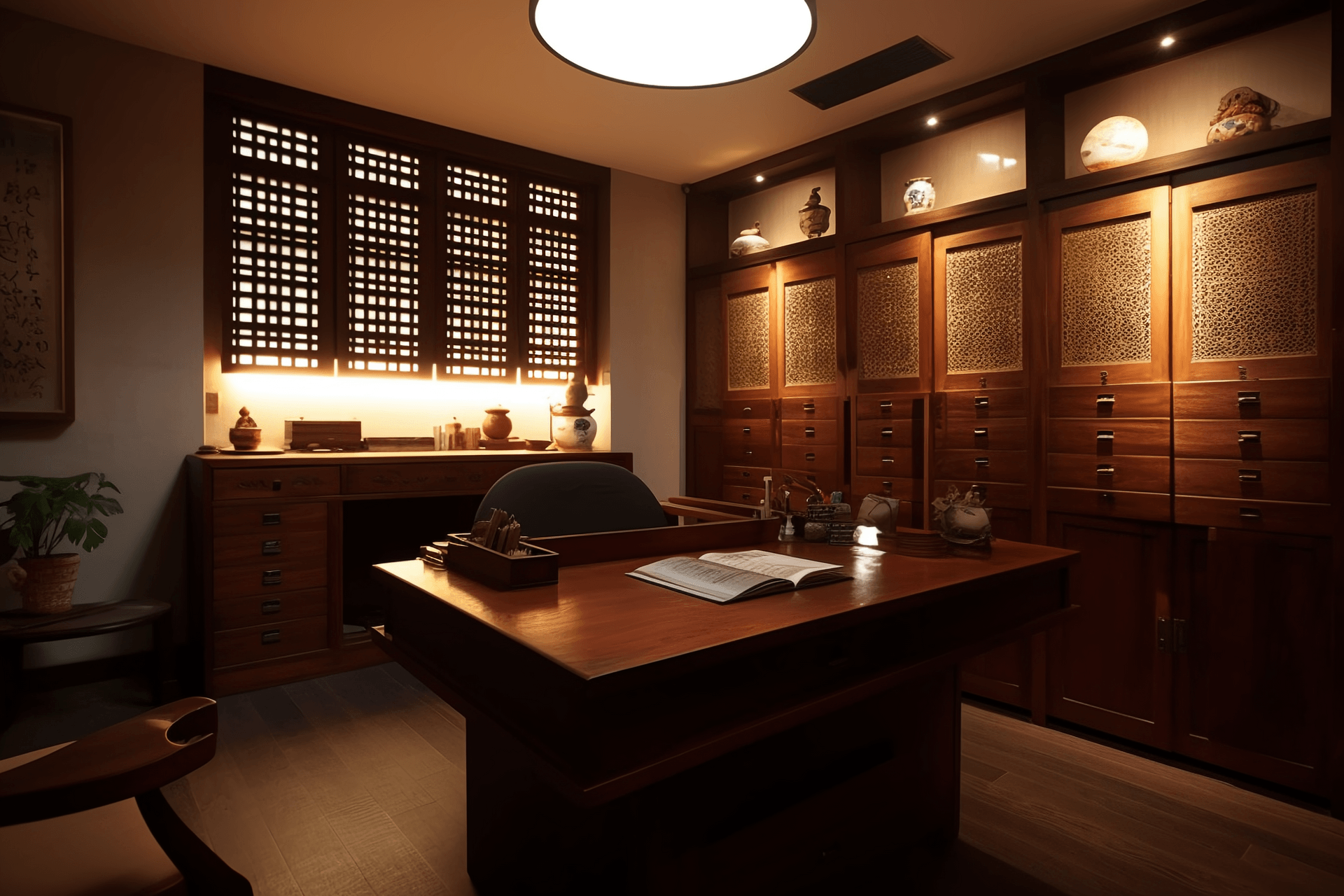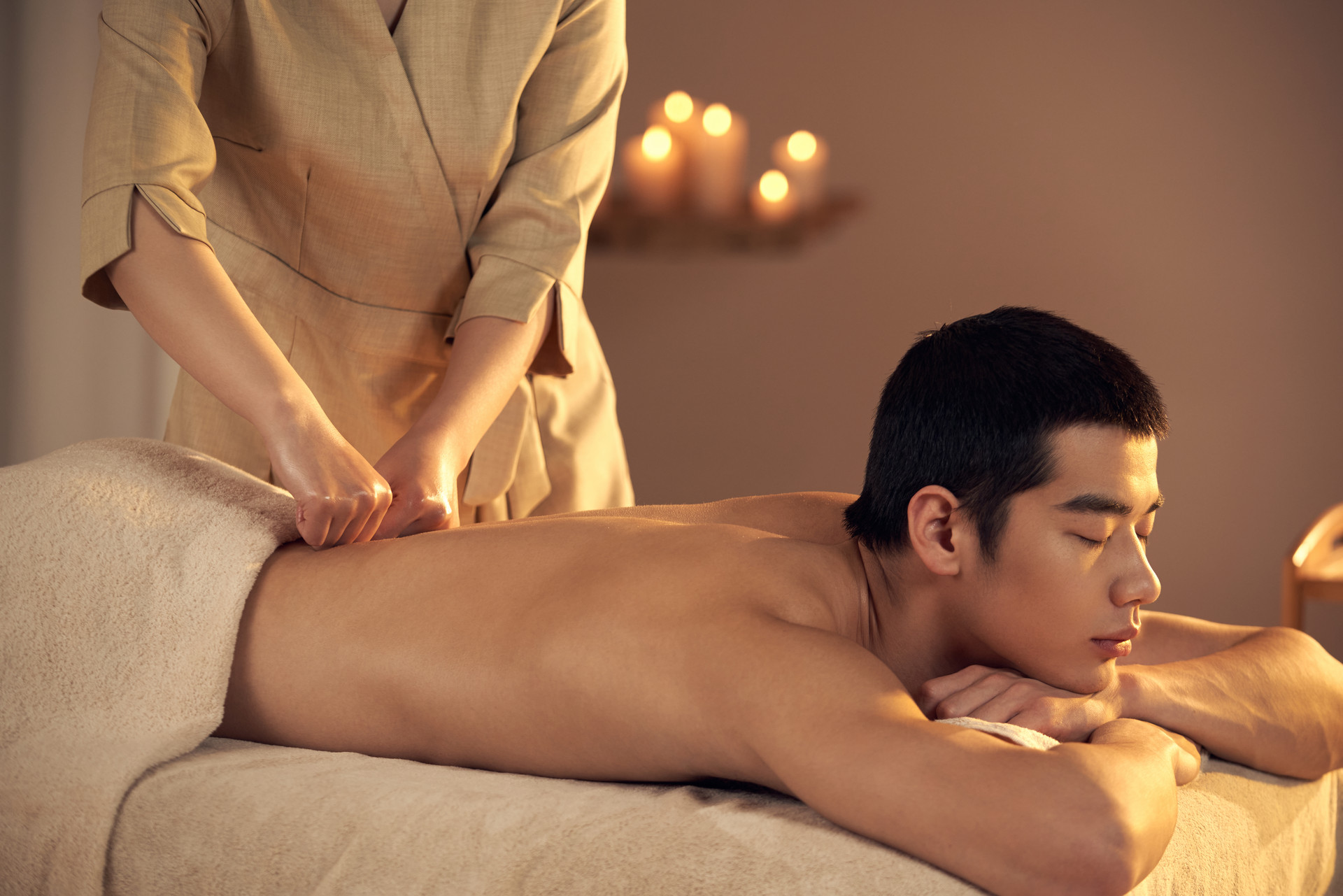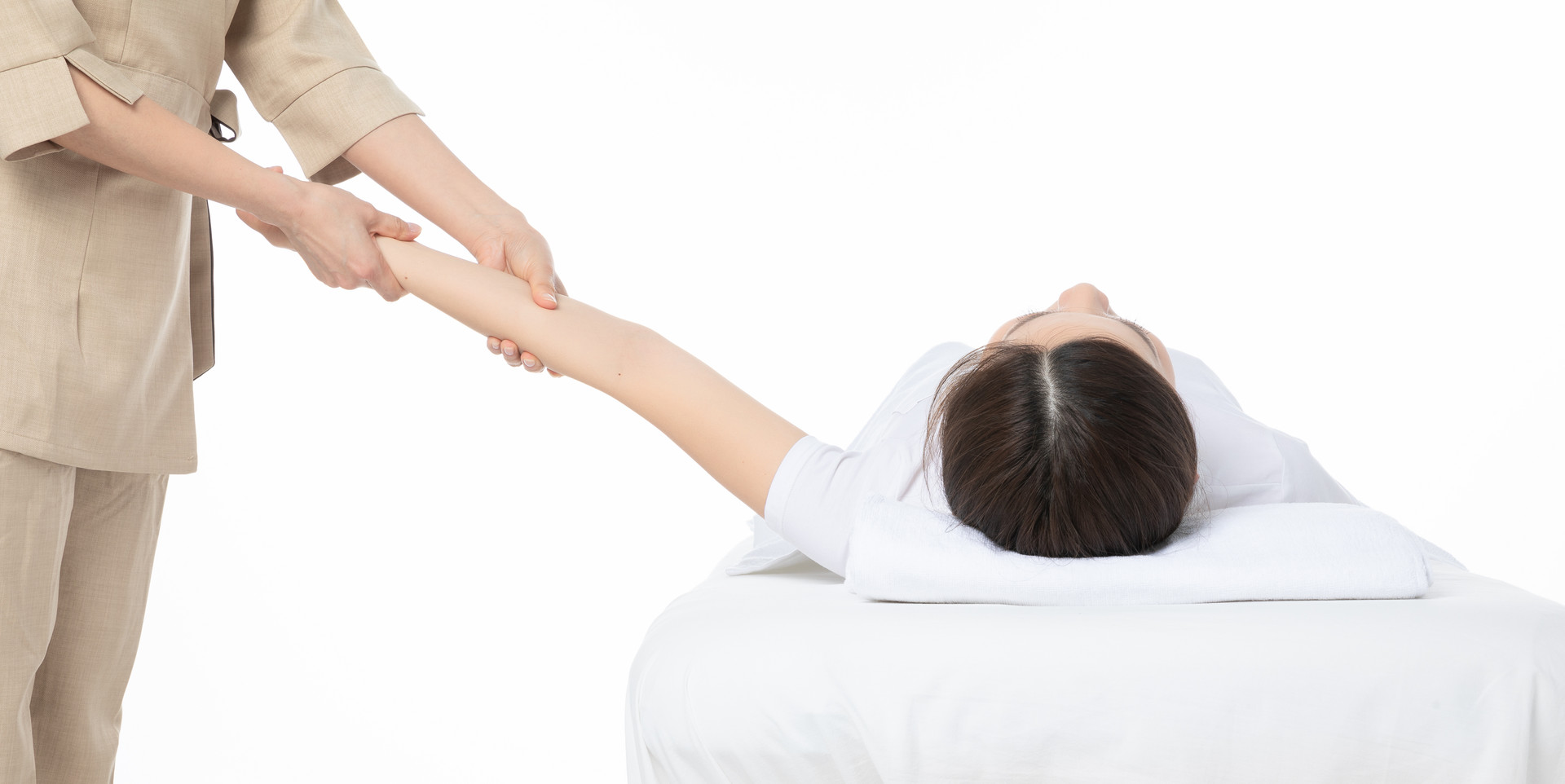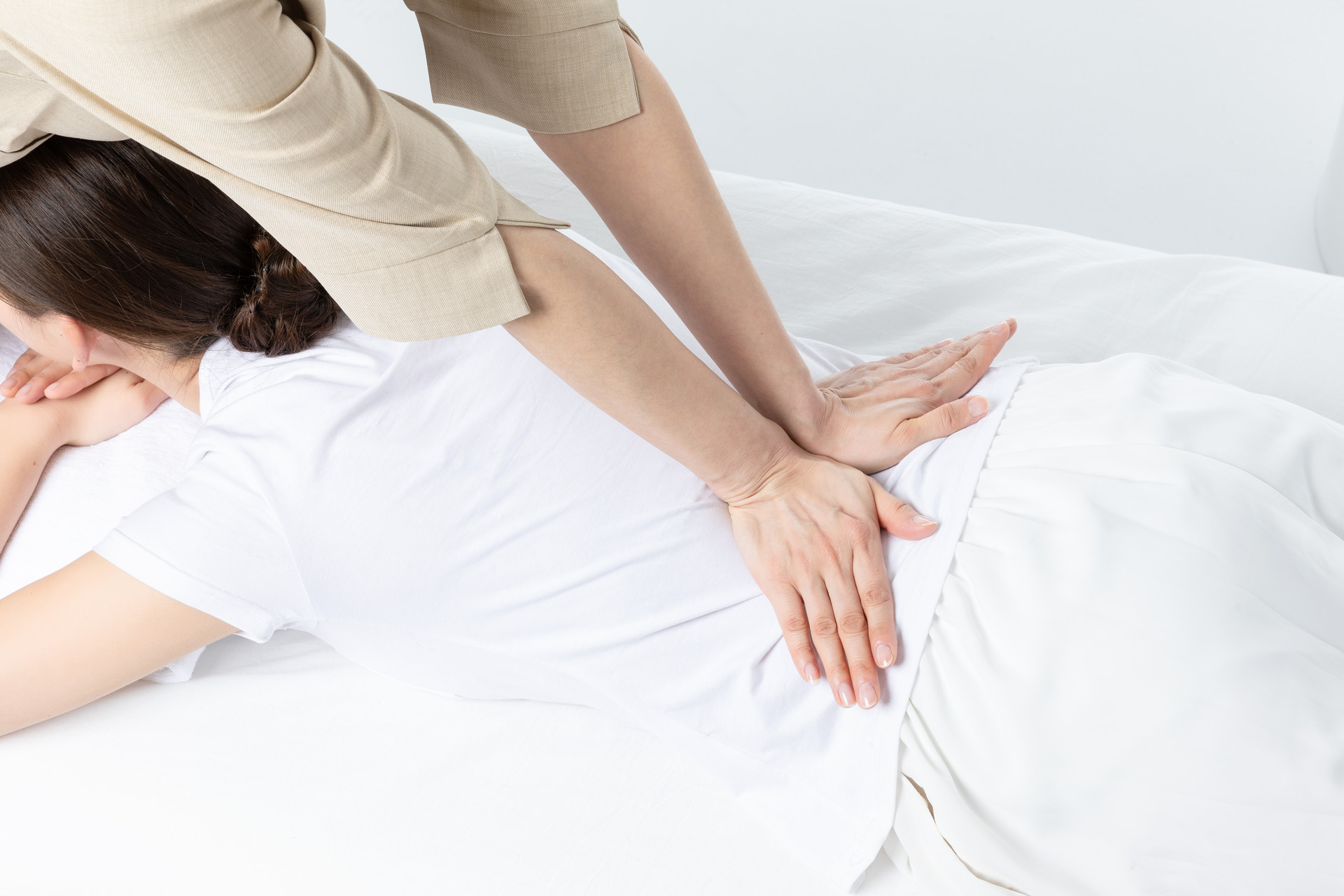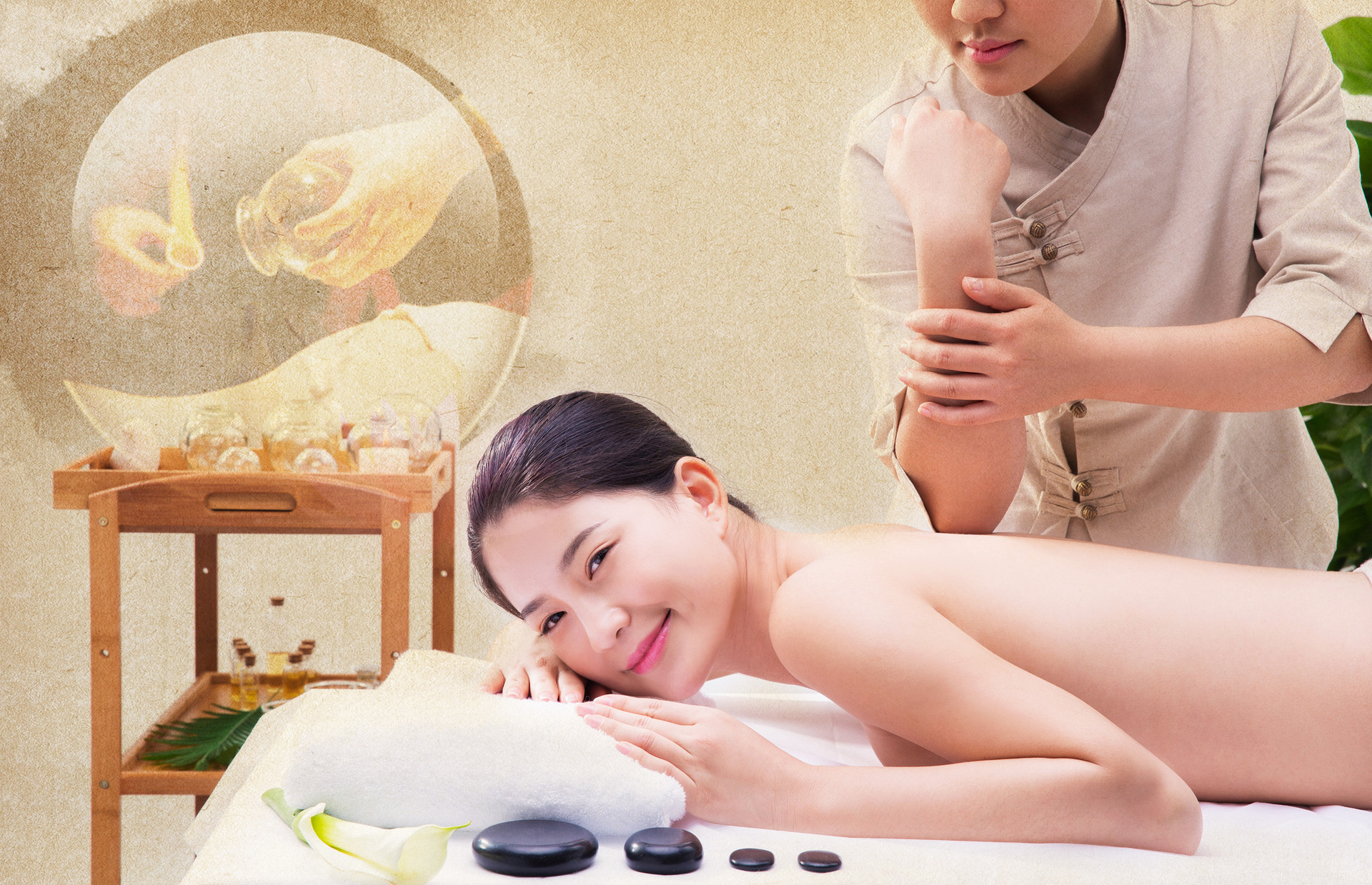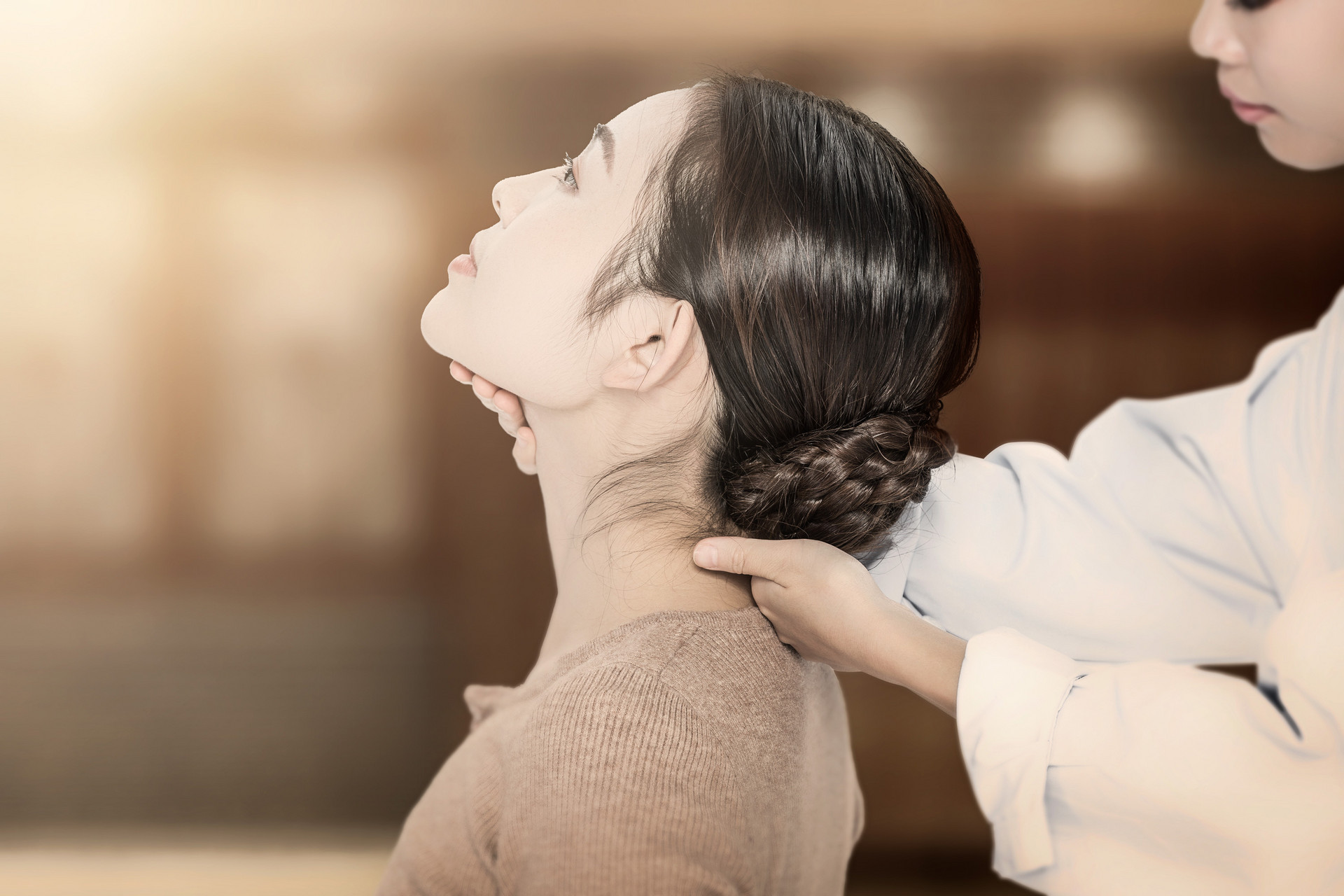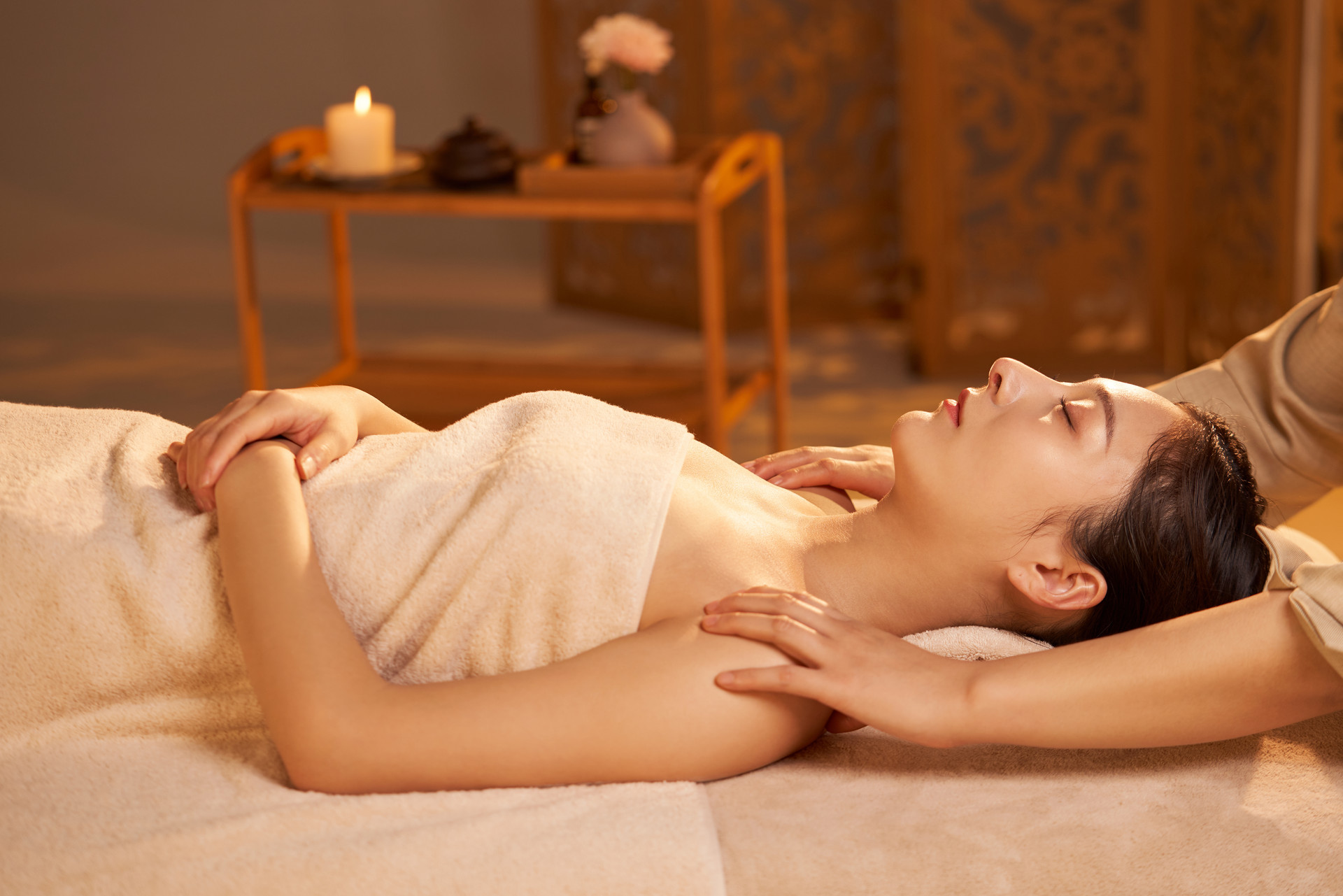Massage can help to relax and is a popular choice for many people in our daily lives. Clinical studies have shown that massage therapy can help reduce stress. But did you know that massage can also get rid of nasolabial folds? Let Chinese medicine provide you with a detailed explanation.
【Causes of Nasolabial Folds】
1. Congenital causes
Nasolabial folds in young people are mostly due to problems in the development of facial bones, as they do not have the issue of sagging soft tissues in the cheeks due to aging.
2. Skin aging and sagging
It is undeniable that some people naturally have heavier nasolabial folds than others, but overall, after the age of 35, nasolabial folds will gradually deepen. In addition to genetic factors, the main cause is aging. As age increases, collagen protein and moisture content in the skin gradually decrease, and subcutaneous fat will also shrink and sag, causing the skin to become loose and aged, resulting in surface depressions and the formation of nasolabial folds, which is a common cause of nasolabial folds.
3. Excessive facial expressions
If the nasolabial folds extend from the side of the nose to the corners of the mouth, it is because you smile too much. If the nasolabial folds extend downward from the corners of the mouth, it means you like to pucker your lips or frown.
【Massage Techniques to Eliminate Nasolabial Folds】
Start by clasping your hands into fists and use the first joint of your index and middle fingers to massage. You don't need to apply too much force, just gently press and rub. Start from the lower eyelid area, this is one of the key movements to eliminate nasolabial folds. Scrape from the bridge of the nose to the temples, repeating this movement eight times. Then start from the sides of the nose and scrape all the way to the roots of the ears, also repeating eight times.
The next movement is for shaping the face. Scrape from the chin along the jawbone to the roots of the ears. As mentioned earlier, it is better to do this facial yoga after applying a face mask. Do not wash off the nutrient solution, but directly perform this set of facial yoga to tighten the facial skin and eliminate nasolabial folds, allowing the nutrients from the face mask to be absorbed faster.
【Benefits of Traditional Chinese Medicine Massage】
In daily medical practice, traditional Chinese medicine has found that acupoints have a great effect on treating diseases. The ancients even summarized a set of acupuncture songs: "Rub the belly, seek Wei Zhong in the waist and back, find Lie Que in the head and neck, and gather He Gu in the face and mouth." It is simple and clear, matching the acupoints with the corresponding treatment areas, making it easier for future generations to learn. Therefore, there are many benefits to acupressure massage.
1. Zusanli (ST36)
Located on the Stomach meridian, it is 3 cun below the Dubi (ST35), on the outer side of the anterior crest of the tibia. The acupoint can be stimulated when bending the knee or lying flat. It is used to treat indigestion, gastric pain, vomiting, abdominal distension, intestinal gurgling, diarrhea, constipation, and malnutrition. It is commonly used in Western medicine for acute and chronic gastroenteritis, acute pancreatitis, appendicitis, gastrointestinal motility disorders, reflux gastritis, intestinal obstruction, and indigestion in children.
2. Weizhong (BL40)
Located on the Bladder meridian, it is in the midpoint between the tendons of the semitendinosus and biceps femoris muscles, at the midline of the popliteal fossa. The acupoint can be stimulated when lying prone or sitting with the knees bent. It is used to treat severe pain and limited movement in the waist and spine, difficulty in flexing and extending the hip joint, lumbosacral pain, lower limb paralysis, and difficult urination. It is commonly used in Western medicine for acute lumbar sprains, lumbar disc herniation, lumbar muscle strain, third lumbar transverse process syndrome, sacroiliac joint syndrome, urinary retention, and urinary incontinence.
3. Lieque (LU7)
Located on the Lung meridian of the hand, it is also the meeting point of the Eight Extra Meridians and connects with the Ren meridian. It is located above the styloid process of the radius, 1.5 cun above the transverse crease of the wrist, on the radial side of the palm. It is used to treat neck stiffness, deviation of the mouth and eyes, trismus, facial muscle spasms, toothache, and sore throat. It is commonly used in Western medicine for colds, neurogenic headaches, rhinitis, pharyngitis, trigeminal neuralgia, torticollis, and locked jaw.
4. Hegu (LI4)
Located on the Large Intestine meridian of the hand, it is between the first and second metacarpal bones, at the midpoint of the second metacarpal bone on the radial side. It is used to treat facial swelling and pain, deviation of the mouth and eyes, toothache, locked jaw, mumps, headache, dizziness, redness and swelling of the eyes, nosebleeds, nasal congestion, deafness, and sore throat. It is commonly used in Western medicine for facial nerve paralysis, facial muscle spasms, trigeminal neuralgia, colds, pharyngitis, tonsillitis, and temporomandibular joint disorders.
In our daily lives, if we can persist in massaging these acupoints with our fingers or stimulate them with rounded needles, it can not only treat diseases but also have the effect of preventive health care.



